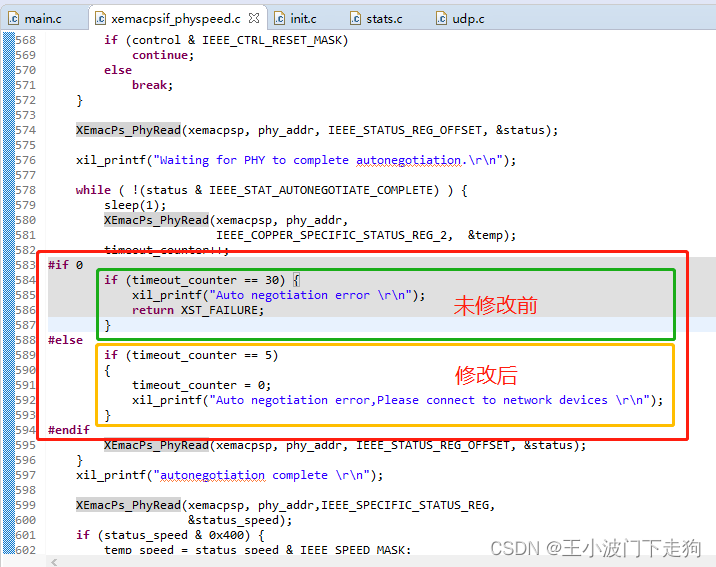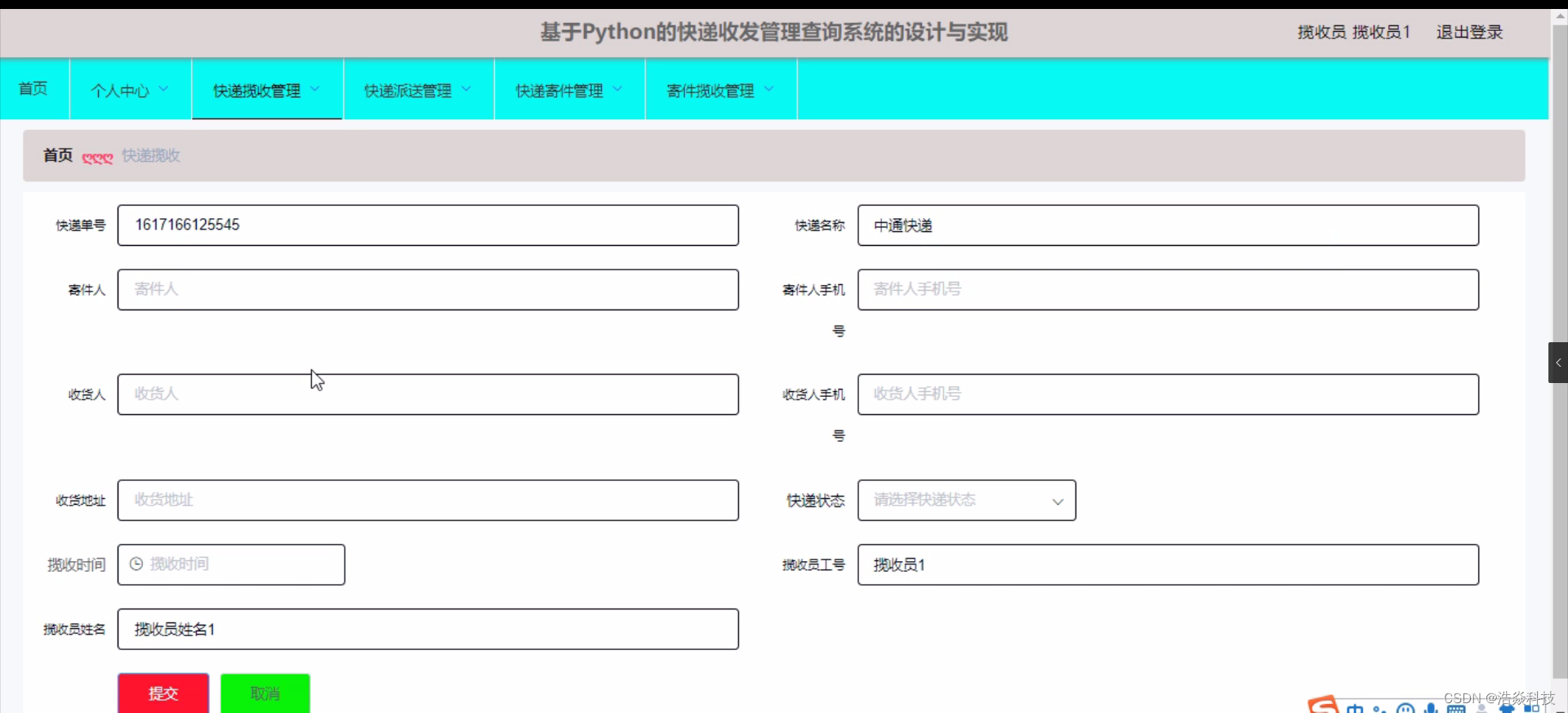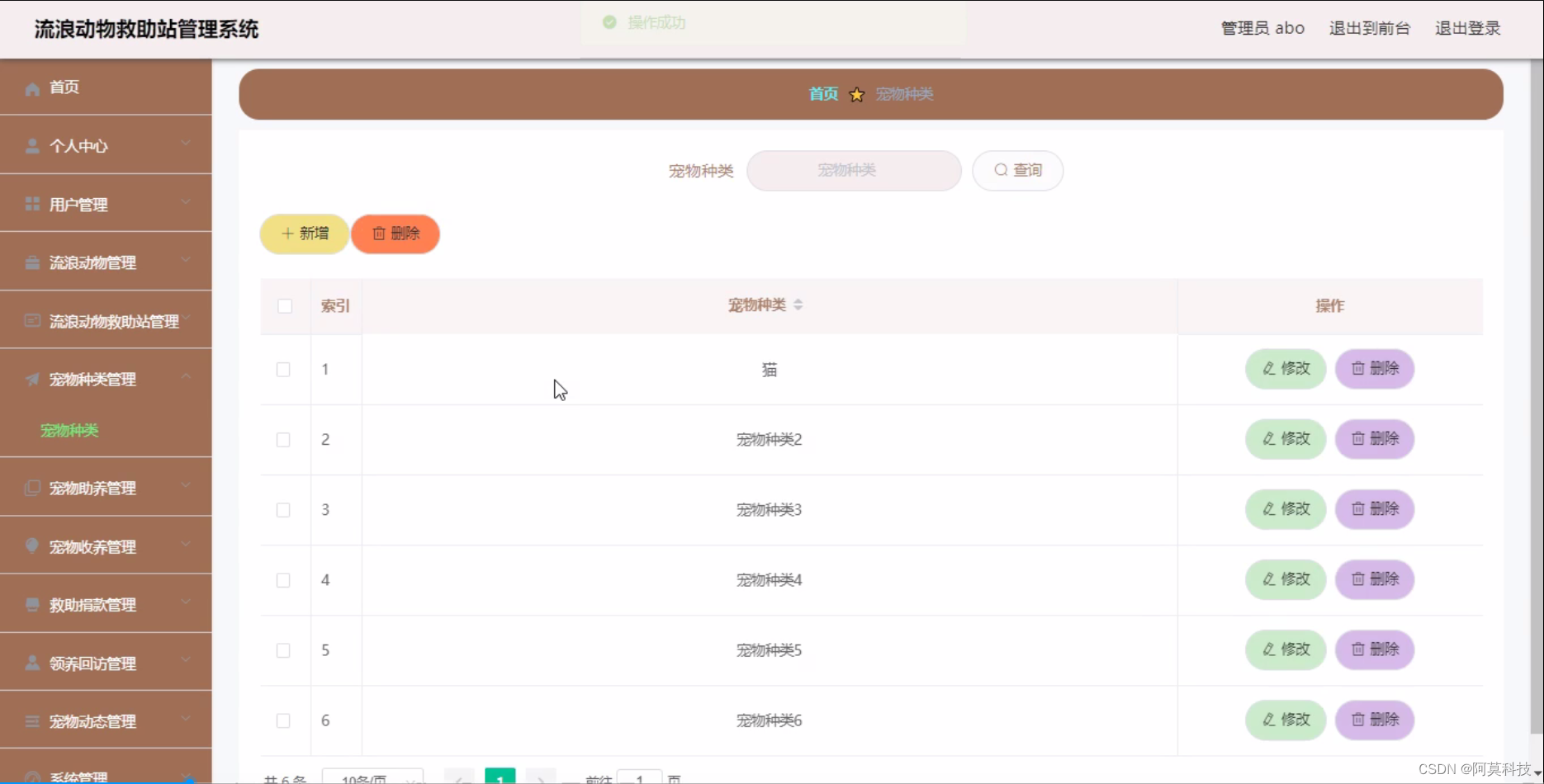基于github的bert源码解读
bert github链接: https://github.com/google-research/bert/tree/master
windows流程运行改编版源码及数据百度网盘链接:链接:https://pan.baidu.com/s/1APk9EIh_wuU41fMHSMz3Pg?pwd=s2k7
提取码:s2k7
1 模型预训练
1.1训练数据加工
python create_pretraining_data.py--input_file=./sample_text.txt \--output_file=../GLUE/chineseoutput/tf_examples.tfrecord \--vocab_file=../GLUE/BERT_BASE_DIR/uncased_L-12_H-768_A-12/vocab.txt \--do_lower_case=True \--max_seq_length=128 \--max_predictions_per_seq=20 \--masked_lm_prob=0.15 \--random_seed=12345 \--dupe_factor=5
1.1.1 输入文本格式
输入文本格式为,每行一个句子,文档之间使用空行进行分割
line = line.strip() 空行执行到此为空,会创建一个新的文档list
all_documents.append([])
with tf.gfile.GFile(input_file, "r") as reader:while True:line = tokenization.convert_to_unicode(reader.readline())if not line:break# 文档之间使用空行标识,line = line.strip()# Empty lines are used as document delimitersif not line:# 空行新建[],用于存放新文档的每个句子all_documents.append([])tokens = tokenizer.tokenize(line)if tokens:all_documents[-1].append(tokens)
1.1.2 create_training_instances
- 读取所有文档并分词,打散文档
- 使用create_instances_from_document 处理每一个文档
1.1.3 create_instances_from_document
- 处理单个文档数据,
- 最大tokens数为 ,最大序列长度 - 3,因为存在3个特色token , [CLS], [SEP], [SEP].
max_num_tokens = max_seq_length - 3
- 10%的比例使用短句子。
(i.e., short_seq_prob == 0.1 == 10% of the time) want to use shorter - 句子a,和句子b,根据句子长度使用一个文档中多个句子拼接,
比如文档前四个句子长度才到128,可以使用1、2句子作为a句子,2,3句子作为b句。此操作, is_random_next = Flase - 当随机概率小于0.5时,会随机从其他文档中选择句子作为下一句,此时is_random_next = True
target_seq_length = max_num_tokensif rng.random() < short_seq_prob:target_seq_length = rng.randint(2, max_num_tokens)
1.1.4 create_masked_lm_predictions
- 去掉句子里的[CLS]、 [SEP]
- 提取句子里其他token的id,然后随机打散(前15%的id会被mask掉)
- 使用下面的mask机制,将前15%的数量的tokens mask掉。并记录mask的位置和原本对应的 token。
mask 机制
for index in index_set:covered_indexes.add(index)masked_token = None# 80% of the time, replace with [MASK]if rng.random() < 0.8:masked_token = "[MASK]"else:# 10% of the time, keep originalif rng.random() < 0.5:masked_token = tokens[index]# 10% of the time, replace with random wordelse:masked_token = vocab_words[rng.randint(0, len(vocab_words) - 1)]output_tokens[index] = masked_token
1.2 模型训练
模型训练脚本:
python run_pretraining.py \--input_file=../GLUE/chineseoutput/tf_examples.tfrecord \--output_dir=../GLUE/pretraining_output \--do_train=True \--do_eval=True \--bert_config_file=../GLUE/BERT_BASE_DIR/uncased_L-12_H-768_A-12/bert_config.json \--init_checkpoint=../GLUE/BERT_BASE_DIR/uncased_L-12_H-768_A-12/bert_model.ckpt \--train_batch_size=32 \--max_seq_length=128 \--max_predictions_per_seq=20 \--num_train_steps=20 \--num_warmup_steps=10 \--learning_rate=2e-5
1.2.1 模型输入
- 模型输入特征及形状如下,其中32为batch_size,128为句子长度
dict_keys([‘input_ids’, ‘input_mask’, ‘masked_lm_ids’, ‘masked_lm_positions’, ‘masked_lm_weights’, ‘next_sentence_labels’, ‘segment_ids’])
name = input_ids, shape = (32, 128)
name = input_mask, shape = (32, 128)
name = masked_lm_ids, shape = (32, 20)
name = masked_lm_positions, shape = (32, 20)
name = masked_lm_weights, shape = (32, 20)name = next_sentence_labels, shape = (32, 1)
name = segment_ids, shape = (32, 128)
1.2.2 模型结构
embedding 层
embedding_lookup
① word embedding
输出 embedding_table 维度shape=[30522, 768]
输出 embedding_output shape=[32,128,768]
② embedding_postprocessor
位置 embedding和token_type_ids embedding
token_type_ids embedding 词典为 shape =[2,768]
position embedding 词典大小为 shape=[512,768]
embedding 层输出为:word embedding + token_type_ids embedding + position embedding
shape=[32,128,768]
transformer 层
输入为 embedding层的结果: shape=[32,128,768]
输出为经过transformer 层的结果: shape=[32,128,768]
pooled层
取transformer输出结果中,句子维度第一个数,即[CLS]所在的位置。
然后再过一层全连接层,输出 shape=[32,768]
first_token_tensor = tf.squeeze(self.sequence_output[:, 0:1, :], axis=1)
self.pooled_output = tf.layers.dense(first_token_tensor,config.hidden_size,activation=tf.tanh,kernel_initializer=create_initializer(config.initializer_range))
get_masked_lm_output
① 提取mask位置的数据
name = masked_lm_ids, shape = (32, 20)
输入为transform最后一层数据 shape=[32,128,768]
根据mask所在位置索引,提取mask后的数据,shape=[32,20,768],将数据展平,shape=[640,768]
② 将上面数据shape=[640,768] 再经过一层全连接层,和layer normlization层,输出shape=[640,768]
③ 将上面层与字典table embedding 进行计算,计算,shape=[640,30522],然后再过一个softmax,即可得到,在字典表中的概率。
get_next_sentence_output
输入为CLS对应的数据,即上面pooled层输出,shape =[32,768]
经过全连接层后输出shape =[2,768]
然后经过softmax,得到分类概率 shape =[2,768]
1.2.3 损失函数
- Mask 损失:
将上面get_masked_lm_output 与真是label值进行交叉熵损失计算。
per_example_loss = -tf.reduce_sum(log_probs * one_hot_labels, axis=[-1])numerator = tf.reduce_sum(label_weights * per_example_loss)
- next_sentence_loss
log_probs = tf.nn.log_softmax(logits, axis=-1)labels = tf.reshape(labels, [-1])one_hot_labels = tf.one_hot(labels, depth=2, dtype=tf.float32)per_example_loss = -tf.reduce_sum(one_hot_labels * log_probs, axis=-1)loss = tf.reduce_mean(per_example_loss)
- 整体损失
total_loss = masked_lm_loss + next_sentence_loss
2 模型下游任务微调
未完待续。。。。。。



